The Motor Vehicles (Amendment) Bill, 2019, has been framed to bring changes to the existing traffic rules and regulations for vehicles.
The bill proposing to amend the Motor Vehicles Act (MVA), 1988, has already been passed by the Lok Sabha. It is now awaiting clearance from Rajya Sabha.
The proposed amendments call for more strict penalties for traffic violations to build a safer road network.
However, it is critical the existing deficiencies in the current road environment must be evaluated and improved, along with the changes in traffic laws in India.
The traffic on the roads can broadly be classified into motorised traffic and non-motorised traffic.
While cars, trucks, buses, tractors, and motorcycles, etc. form the motorised traffic. People, bicycles, carts, and rickshaws, etc. are part of the non-motorised traffic.
Each is governed by a different set of traffic rules and regulations.
India is an overpopulated developing economy, and the non-motorised form of transport accounts for a significant part of the total traffic on the roads.
Therefore, having clear and efficient traffic rules for non-motorised traffic is equally important.
In this article, we will focus on the amendments being proposed specifically for the non-motorised traffic on Indian roads.
Here are a few facts about non-motorised traffic on Indian roads
- Non-motorised traffic (NMT) accounts for a whopping 36% of the traffic on Indian roads.
- It has always been an important element of the transport system in India.
- It is the primary mode of transport for a big chunk of the population.
- For many, it is that crucial last-mile connector providing access to the public transport system.
Therefore, a comprehensive and unified policy to streamline and devise the traffic laws governing the NMT is required.
Motor Vehicles (Amendment) Bill, 2016 for Non-motorised Traffic
Among the crucial proposals under the Motor Vehicles (Amendment) Bill, is one that will affect the traffic rules and regulations governing the non-motorized vehicles and pedestrians. That is Amendment 138 (1A).
What is Amendment 138 (1A)?
Amendment to section 138 of MVA proposes the insertion of a new sub-section, 1A.
This sub-section gives each state government the power to frame its own rules and regulations for non-motorised traffic.
Implications of Amendment 138 (1A)
- The amendment will empower the state governments to device traffic rules and regulations for non-motorised vehicles and pedestrians in their respective states.
- These rules will be applicable both in public places and highways.
- It will effectively mean each state will have its own set of rules that may not be applicable in other states.
- It will end up causing confusion and chaos when traveling across different states.
- The proposed amendment 138 (1A), if passed, will end up increasing the disorder on Indian roads.
According to Dr Rohit Baluja, President, IRTE (Institute of Road Traffic Education) and a respected expert in the field of road safety, this amendment in the MVA will end up creating more chaos and confusion, rather than streamlining it.
He recommends the following as a more meaningful and result-oriented approach.
- When the State Governments draft their own legislation, there is a likelihood of no uniformity amongst States and the union territories.
- The proposed section 138 (1A) must be dropped or revised, to make a realistic and positive difference to the laws governing non-motorised road users.
- Instead, the Central Government should make a ‘Model Draft’ of Regulations to ensure uniformity of such regulations.
- The Delhi Control of Vehicular and Other Traffic on Roads & Streets Regulation, 1980 could be the basis of designing such a model code.
The Indian road users will benefit significantly from a uniform set of traffic rules and regulations in the country.
It can only be achieved by making realistic changes to the existing traffic laws in India.
Non-motorised traffic forms a significant part of the traffic on the Indian roads.
Therefore, uniform and centralised NMT policies are critical for the efficient and smooth running of the country’s road network.
What is your view? As concerned and aware citizens of the country, tweet your opinion, tag the transport ministry, and talk to friends. Speak up, and ask for ‘one country, one law.’

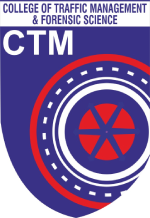
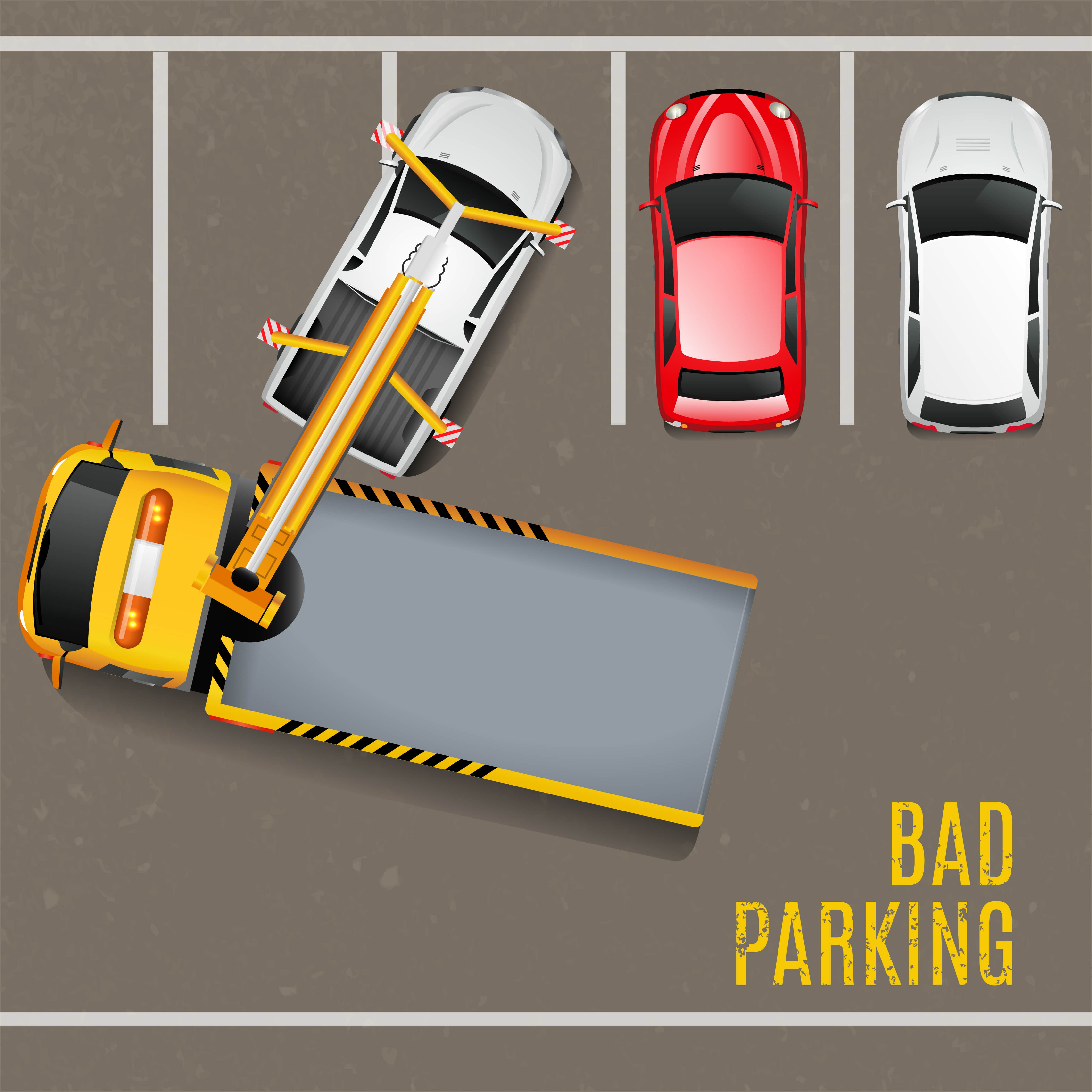

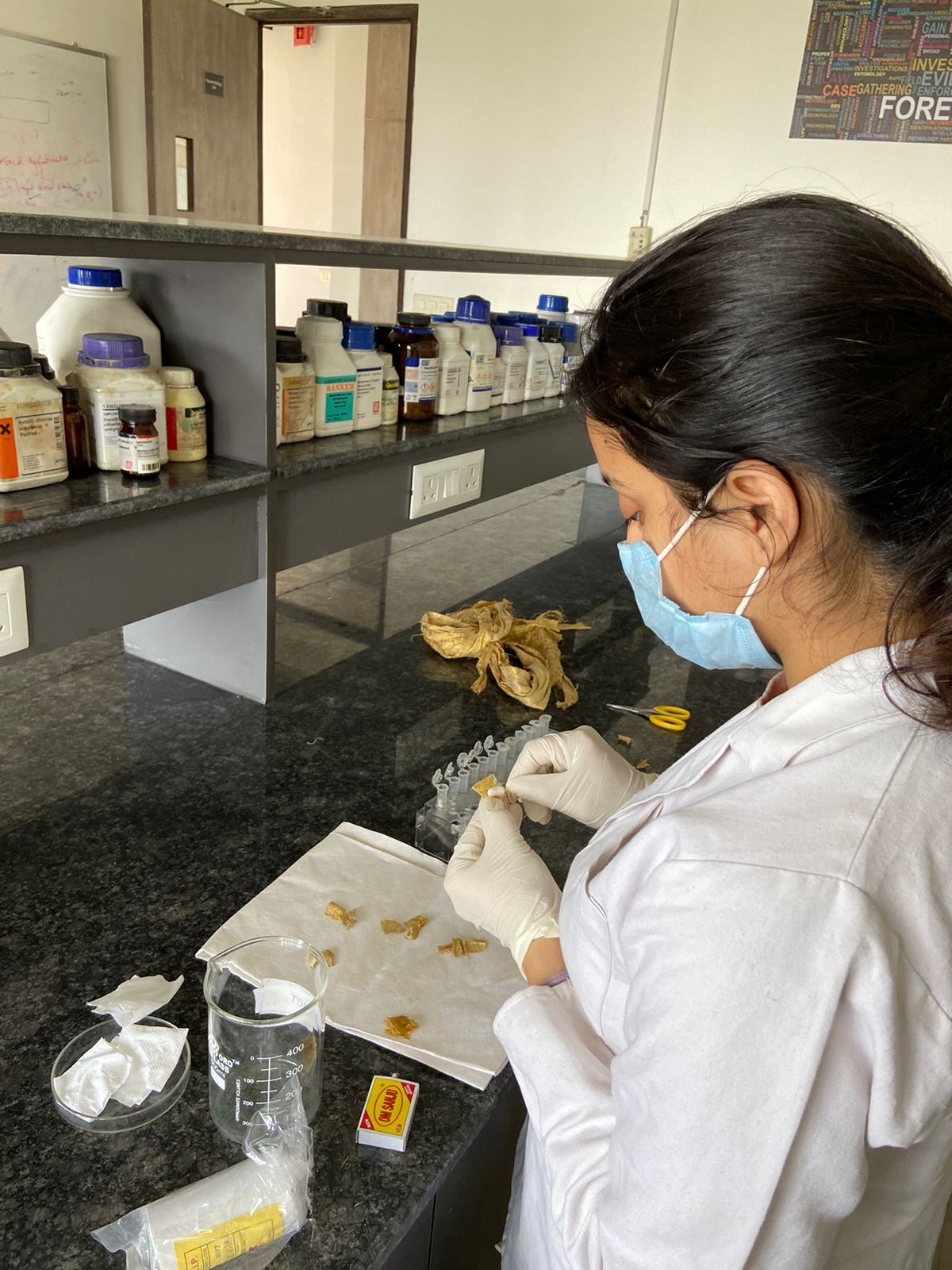
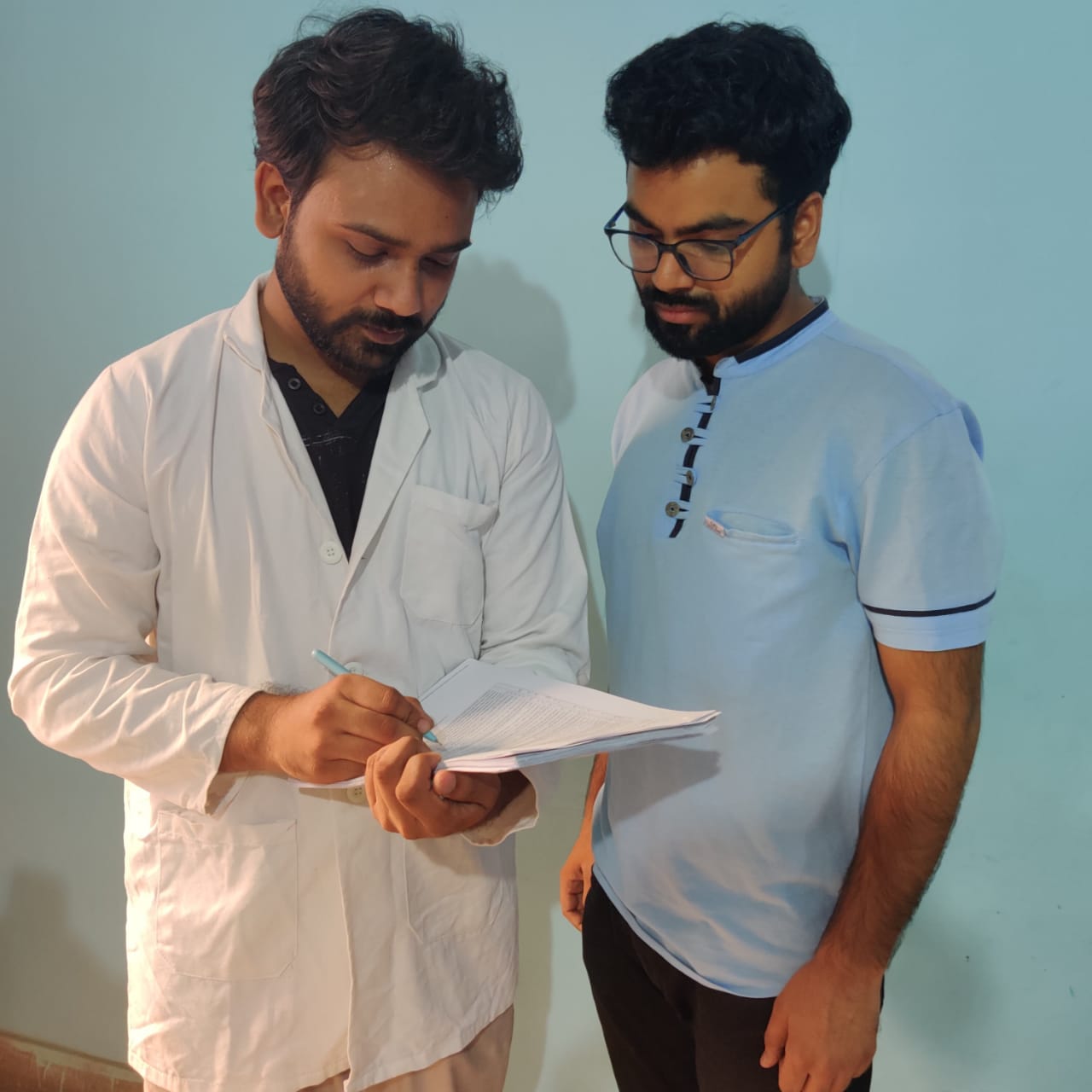
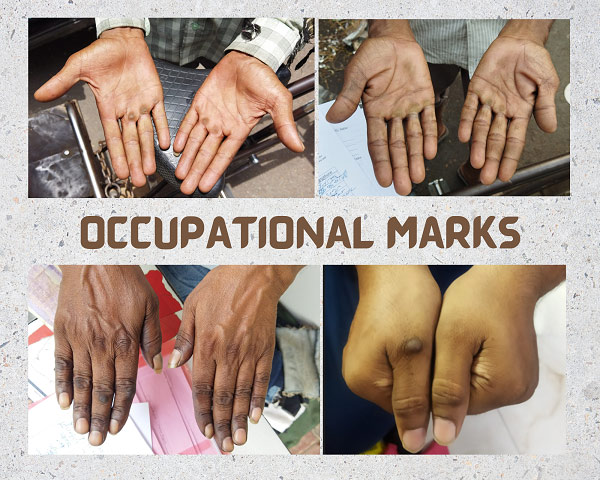
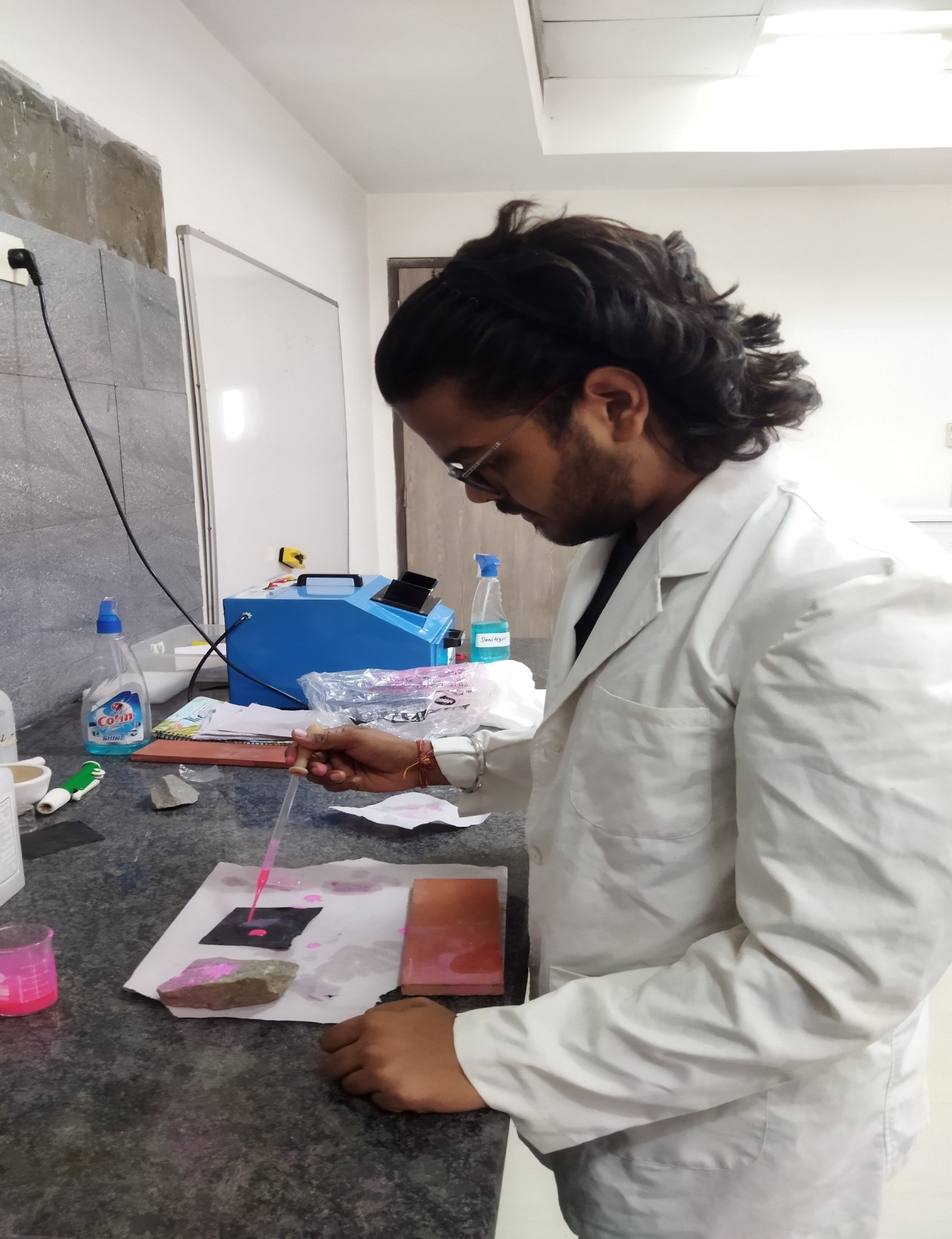
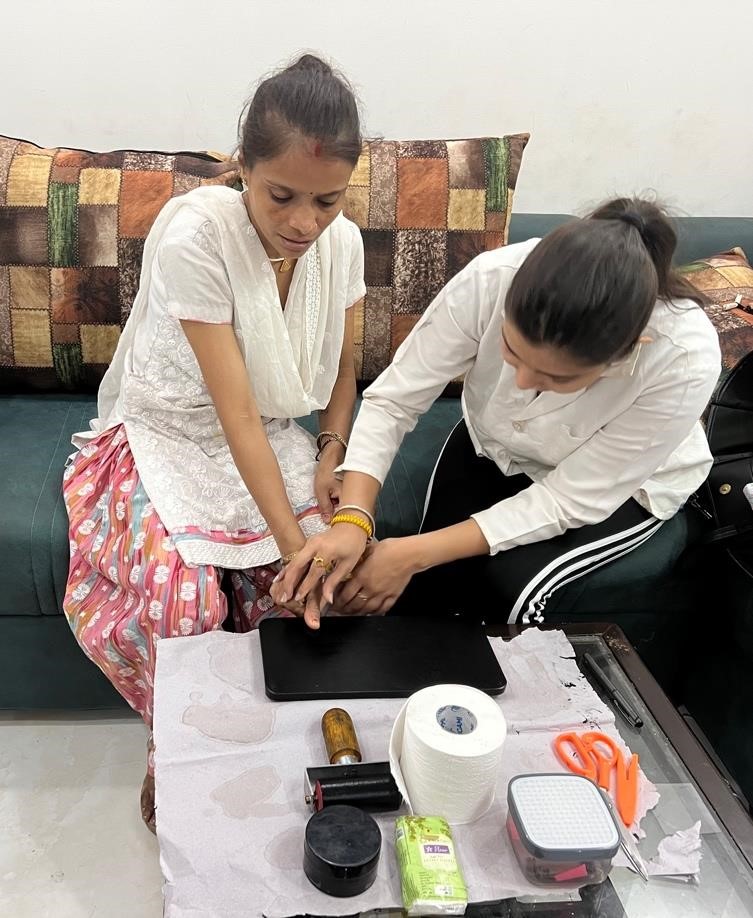
No Comments